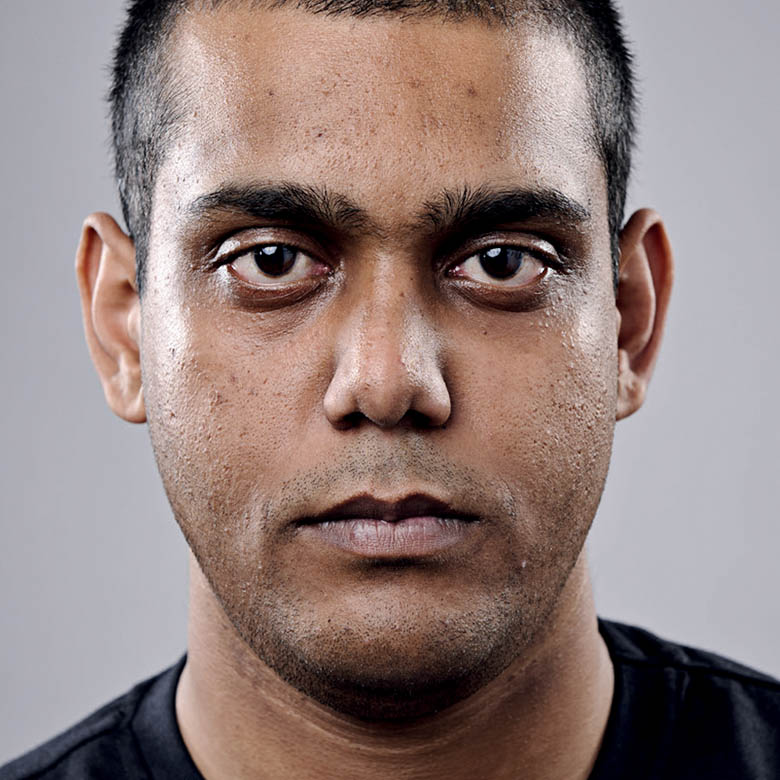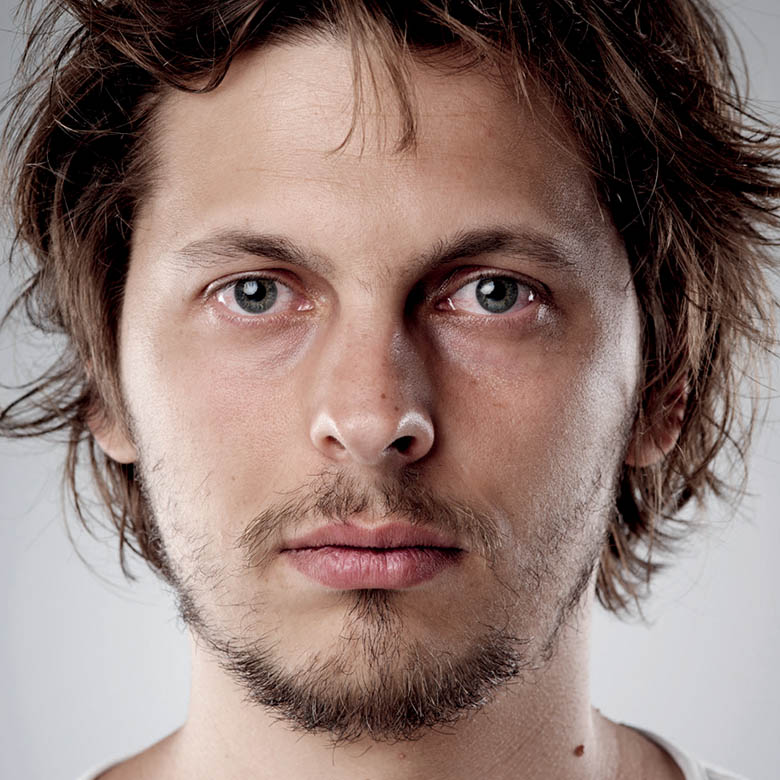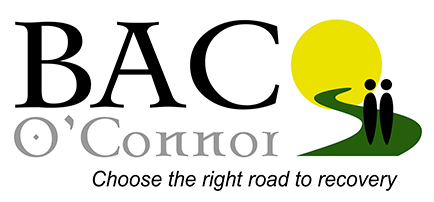When you use cannabis regularly it can start to harm other parts of your life. You may find it’s affecting your finances, your work or education, or your relationships with friends and family. With a bit of planning you can cut down or stop and get your life back on track.
Build some structure into your day
If you’re smoking lots of cannabis, life can feel a bit all over the place. You may be sleeping irregular hours, not eating properly and neglecting things like college or work. If you want to cut down or stop, it’s helpful to get some structure back into your life first.
- Set alarms to get up and go to bed at the same times each day.
- Try to eat regular meals and drink plenty of water.
- Plan activities you can do every day. This could be going for a walk, doing some exercise or making some art – whatever suits you.
Once you’ve got more balance in your life you can think about your cannabis use.
Get an idea of how much you’re using
It’s important to understand your cannabis use before you start cutting down. You can do this by keeping a simple cannabis diary on your phone or in a small notebook. Aim to do this for one week.
- What day and time you smoked
- Where you were and who you were with
- How much you smoked
- How you felt before you smoked
- How you felt afterwards
It may look something like this:
Saturday
11am
In my bedroom on my own
2 spliffs
Before: felt worried about school
After: felt more relaxed. If you do this for a week you’ll have a good idea of how much cannabis you’re using, when you use it, who with and why. You should also start to see where you can cut down.
Think about how cannabis is affecting your life
Make a list of everything that’s most important to you right now – your favourite people, foods, places you like to visit, things you own and what you’d like to do in the future. Then think about how cannabis is affecting those things. Have you stopped doing things you used to enjoy? Is it harming your work or education? Are you arguing with friends or family?
Decide what you’ll do instead of smoking
The best way to get rid of old habits is to swap them for new ones. If you cut down or stop smoking what will you do instead? Look at your list of things that are important to you. Could you spend more time with people who don’t smoke, for example, or do more of the things you used to enjoy? See how to break a habit.
Set a small, realistic goal
Decide on one small, realistic goal as your first step. You’re more likely to stick to small, achievable goals. For example, if you’re smoking six joints a day, perhaps you could cut down to five. Or you could carry on smoking six joints but put slightly less cannabis in each one. Once you’re confident you’ve achieved this goal you can think about your next step – and so on. See more advice on how to set realistic goals.
When you start cutting down
Use ‘delay and distract’ if you get cravings
Each time you feel the urge to smoke, see if you can delay smoking by just five minutes. Set a timer on your phone if that helps. Distract yourself with something else – watch a video, have a shower, make a cup of tea or tidy up. Cravings are like waves that build up to a peak then fade away. By the time you’ve watched a video or had a shower, you may find the craving has passed. See if you can gradually build up to delaying each joint for 10 minutes, then 15 and so on. See more advice on how to handle cravings.
Ride out the lows
People who smoke regularly often feel low if they don’t smoke for a while. This is because, each time you smoke a joint, your brain releases a “happy” hormone called dopamine. Your brain starts to rely on its regular hit of cannabis to make dopamine and stops making it naturally on its own. That’s why you may feel low when you’re not smoking. These post-cannabis lows usually last about four to 10 days. You may get other withdrawal symptoms, such as:
- difficulty sleeping
- strange dreams
- irritability (and sometimes aggression)
- restlessness
- cravings for cannabis
Try to get through them without lighting up another joint. It won’t be long before your brain starts producing dopamine naturally again and then you’ll feel better. See more advice on coping with cannabis withdrawal symptoms.
Get some support
It’s easier to cut down or give up cannabis if you have some support. Think about who you trust and would feel comfortable asking for help. It could be someone in your family or a friend, teacher or work colleague. If you’d prefer to talk to someone who doesn’t know you, you can:
- chat to us confidentially online
- get in touch with us on 01782 283113







